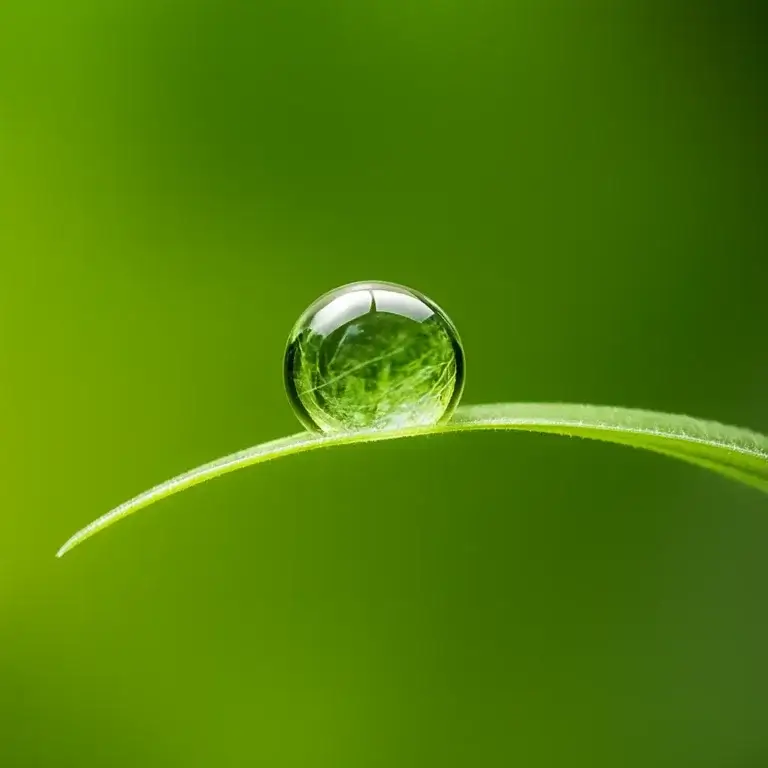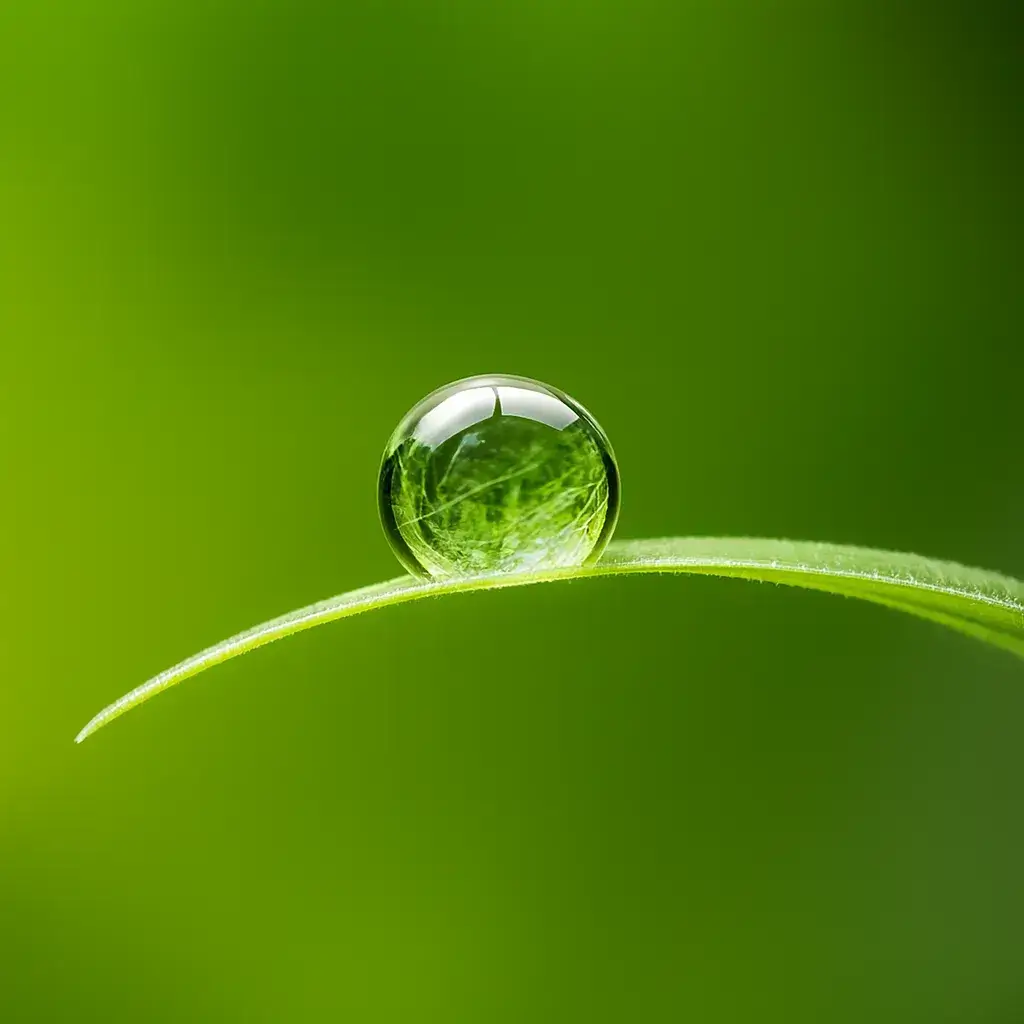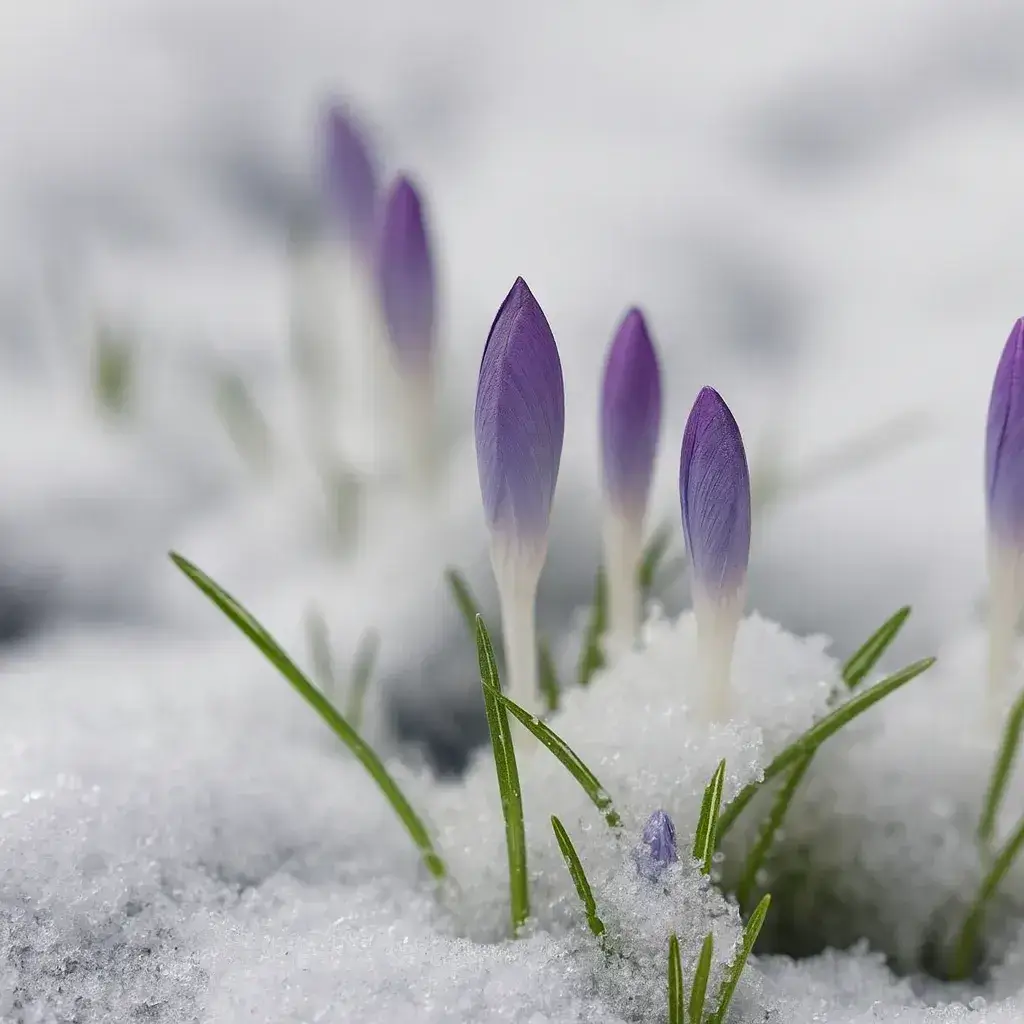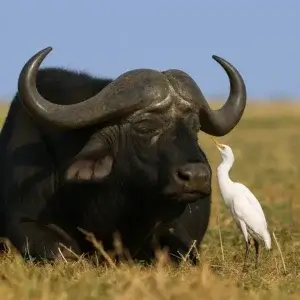Applying Daoist Healing
Where healing begins.
This section is where theory becomes practice. Here, you’ll find ways to use Daoist healing arts to support recovery from childhood complex trauma. These pages start with simple, practical tools and build toward helping you make your own choices—learning to evaluate your situation, recognize patterns, and experiment with what works for you.
Featured Resources
Understanding something and living it are two different things. You can read all the books, watch all the videos, have all the insights—but if you don’t apply them, nothing really shifts.
Healing isn’t about collecting knowledge. It’s about experimenting, finding what works for you, and slowly rewiring the patterns that keep you stuck. That’s what this section is about: moving from theory into daily practice.
Key Themes
Applying Daoist healing is about turning insight into action. These themes show how small, steady practices can help you work with your body, find what resonates, and begin real change.
Healing Through the Body
Trauma isn’t stored in your thoughts—it’s wired into your nervous system, your breath, your muscles, your digestion. That’s why mindset shifts alone don’t create lasting change. Healing happens when you work with your body’s intelligence, not against it.
The Four Disciplines in Practice
Daoist healing offers four interconnected disciplines—contemplation, movement, nutrition, and cycles. Each gives you a different way to experiment and discover what creates flow for you. There’s no one “right” method; the work is about trying, noticing, and adjusting.
Integration, Not Replacement
Daoist healing doesn’t mean abandoning Western approaches. It can work alongside therapy, medicine, or other practices you already use. When both perspectives come together—East and West—you get a fuller picture of your healing and more tools to draw from.
Why This Matters
Real change comes from practice, not theory. By applying Daoist tools in small, intentional ways, you shift healing from something abstract into something you can feel in your body and daily life.
You don’t have to overhaul everything at once. You only need to start where you are—breath by breath, step by step—and let the changes accumulate.
Where to Go from Here
This section of the site helps you explore different ways to bring Daoist healing into practice:
Recovery & Awareness
The first steps of healing: self-honesty, trauma recognition, and awakening to new possibilities.
Addressing Trauma Impacts
Starter tools for the five main areas of impact: regulation, relationships, identity, coping, and physical vitality.
Discipline-Based Practices
Contemplative practices, movement, nutrition, cyclical tools, journaling, ritual, and breathwork.
Discipline-Based Practices
Contemplative practices, movement, nutrition, cyclical tools, journaling, ritual, and breathwork.
Treatment Principles
How to think with Daoist frameworks: root vs. branch, tonify vs. sedate, yin–yang balance, and more.
Integrating Daoist & Western Approaches
Bringing the best of both worlds together to create personalized, effective healing pathways.
Sign Up for the DOTT Newsletter
Sign up to receive transformational content in your inbox every month.
























